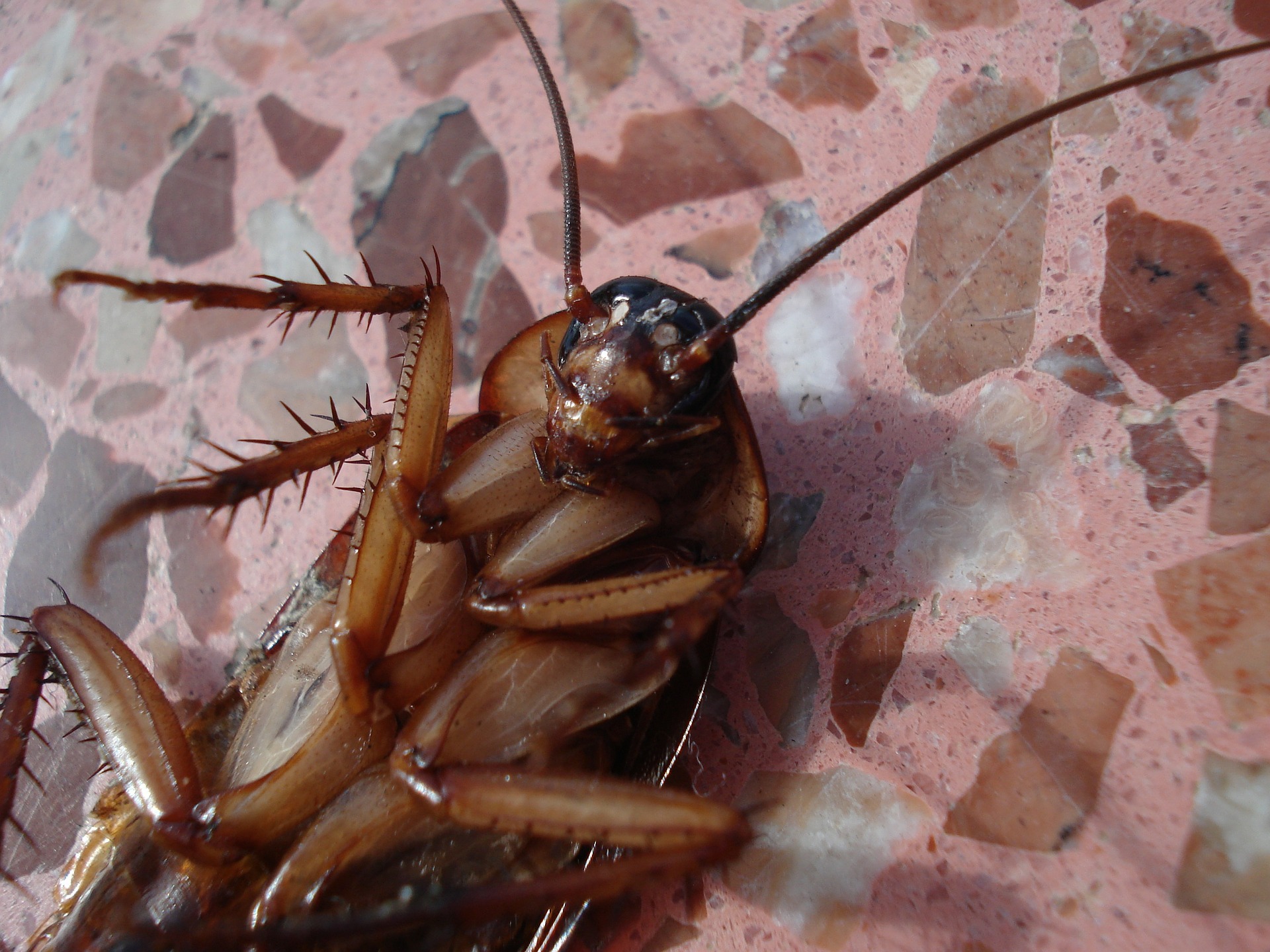Media Release
From: The Royal SocietyWeak radiofrequency fields affect the insect circadian clock
Man-made radiofrequency (RF) electromagnetic fields have been shown to have effects on animal compass orientation at remarkably weak intensities, but have until now been considered to be linked to orientation of migratory animals. Here, we tested if weak RF fields also affect the circadian rhythm of the German cockroach. We observed that static MFs slow down the cockroach clock rhythm, consistent with results on the Drosophila circadian clock. Remarkably, three hundred times weaker RF fields likewise slowed down the cockroach clock. This demonstrates that the internal clock, a ubiquitous feature of many animals can be sensitive to weak RF fields, consequently opening the possibility of an influence of man-made RF fields on many clock-dependent events in living systems.



Expert Reaction
These comments have been collated by the Science Media Centre to provide a variety of expert perspectives on this issue. Feel free to use these quotes in your stories. Views expressed are the personal opinions of the experts named. They do not represent the views of the SMC or any other organisation unless specifically stated.